China’s Cultural Tapestry: Top Ethnic Groups Explored
China, a vast and diverse nation, boasts a rich cultural tapestry woven together by a multitude of ethnic groups. From the Han Chinese, who constitute the majority, to smaller groups like the Zhuang, Manchu, Hui, Miao, and Uyghur, each ethnicity contributes unique traditions, languages, and customs to the overall mosaic of Chinese culture.
In this article, we embark on a journey to explore the top ethnic groups that shape the vibrant cultural landscape of China.
1. Han Chinese: 91.6%
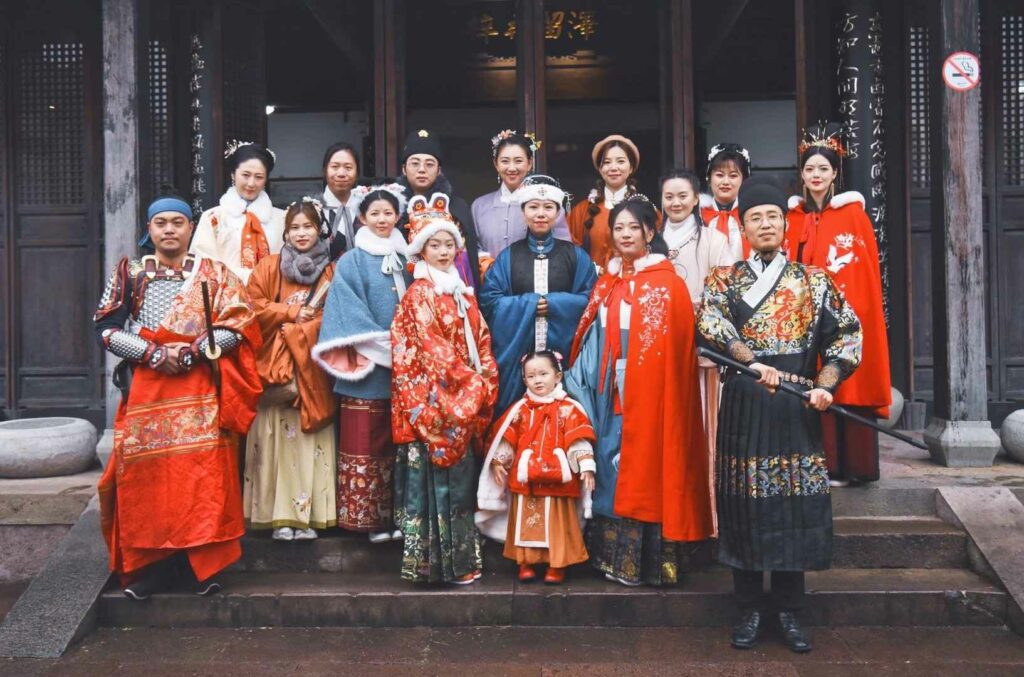
The Han Chinese, comprising an overwhelming 91.6% of China’s population, are the largest ethnic group in the country. With a history spanning thousands of years, the Han people have significantly influenced Chinese culture, language, and traditions. Mandarin, the official language of China, is a variety of the Chinese language spoken by the Han Chinese. Their cultural impact extends to literature, philosophy, and art, making them the foundation of China’s rich heritage.
2. Zhuang: 1.2%
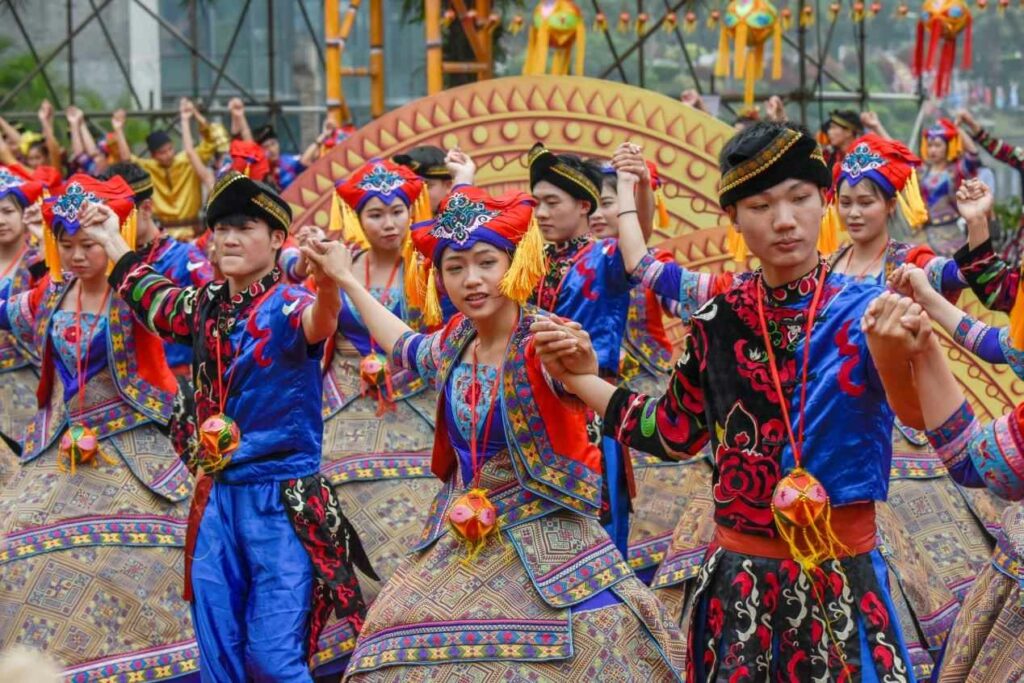
The Zhuang ethnic group, residing primarily in the Guangxi Zhuang Autonomous Region, constitutes 1.2% of China’s population. Known for their vibrant festivals, unique clothing, and traditional music, the Zhuang people contribute to the cultural diversity of southern China. With their distinct language and customs, the Zhuang add a unique thread to China’s cultural tapestry.
3. Manchu: 0.9%
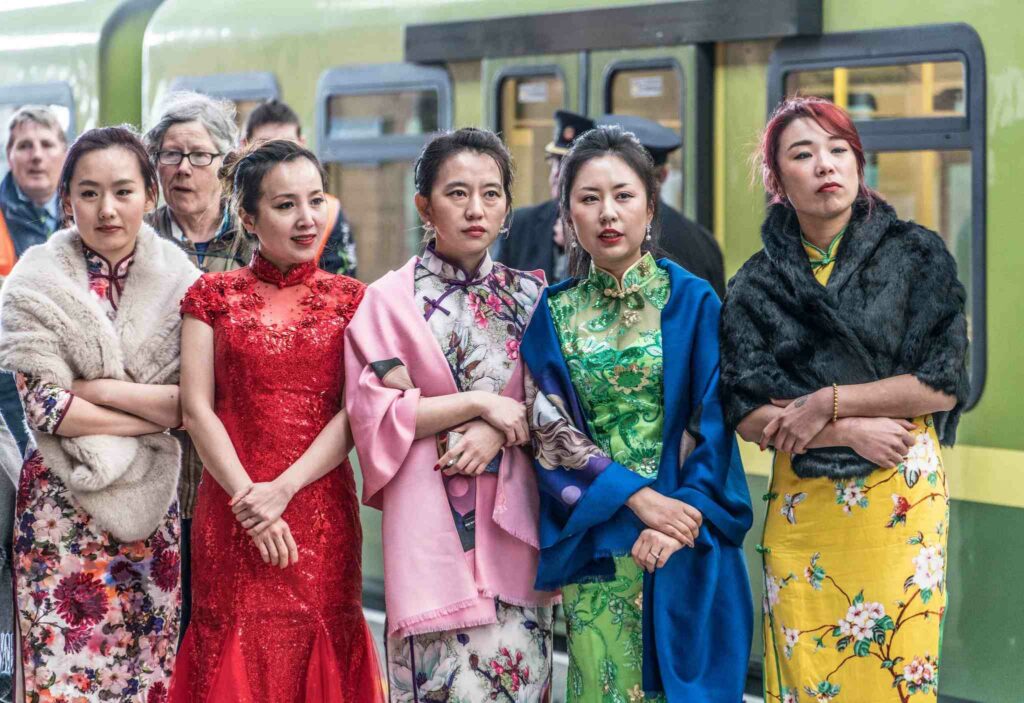
The Manchu people, hailing from northeastern China, make up 0.9% of the population. Historically, the Manchus played a significant role in the establishment of the Qing Dynasty, which ruled China from 1644 to 1912. Today, the Manchu culture endures through traditional dress, cuisine, and cultural practices, offering a glimpse into China’s imperial past.
Also See: European Melting Pot: Major Ethnic Groups Across the Continent
4. Hui: 0.8%
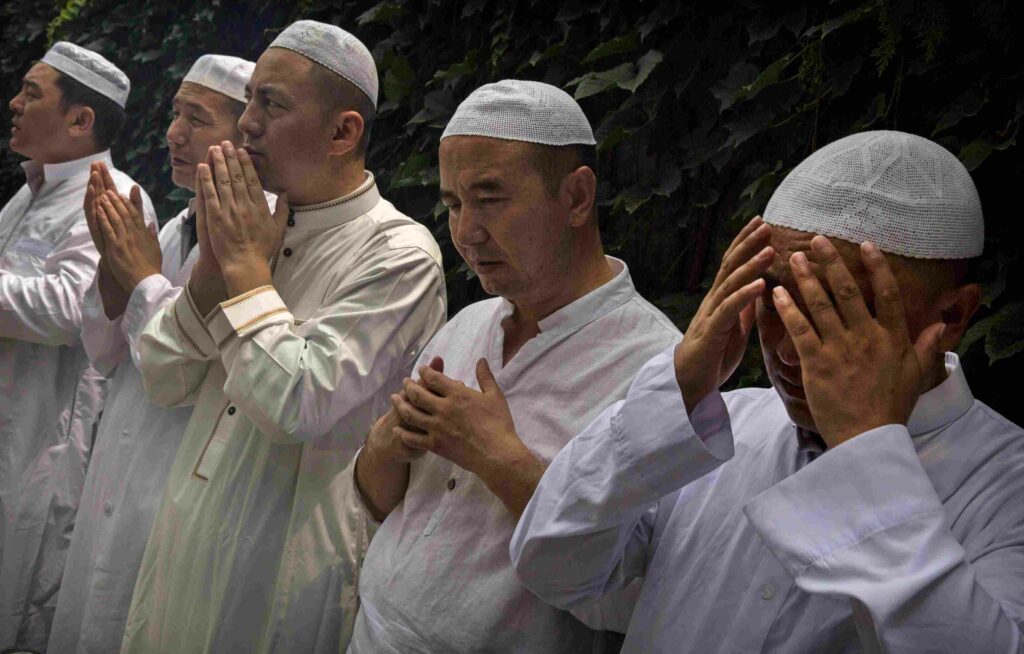
The Hui ethnic group, primarily concentrated in the Ningxia Hui Autonomous Region and other parts of China, constitutes 0.8% of the population. The Hui people are recognized for their adherence to Islam, making them one of the largest Muslim minority groups in China. Their cultural contributions include Islamic architecture, cuisine, and a rich tradition of calligraphy and scholarship.
5. Miao: 0.7%
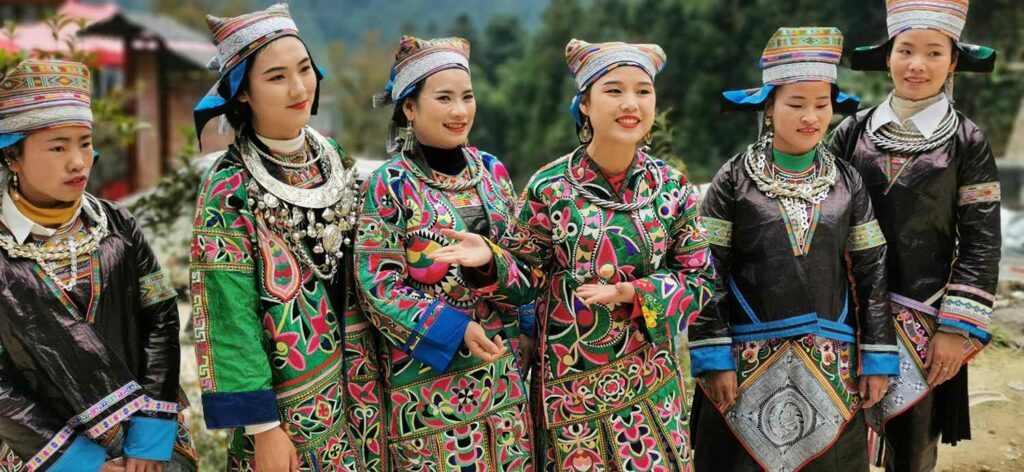
The Miao, also known as the Hmong, inhabit various regions in southwestern China and constitute 0.7% of the population. Renowned for their intricate embroidery, vibrant festivals, and unique folk traditions, the Miao people add a colorful dimension to China’s cultural mosaic. Their rich oral traditions and distinctive clothing contribute to the diversity of Chinese heritage.
6. Uyghur: 0.6%
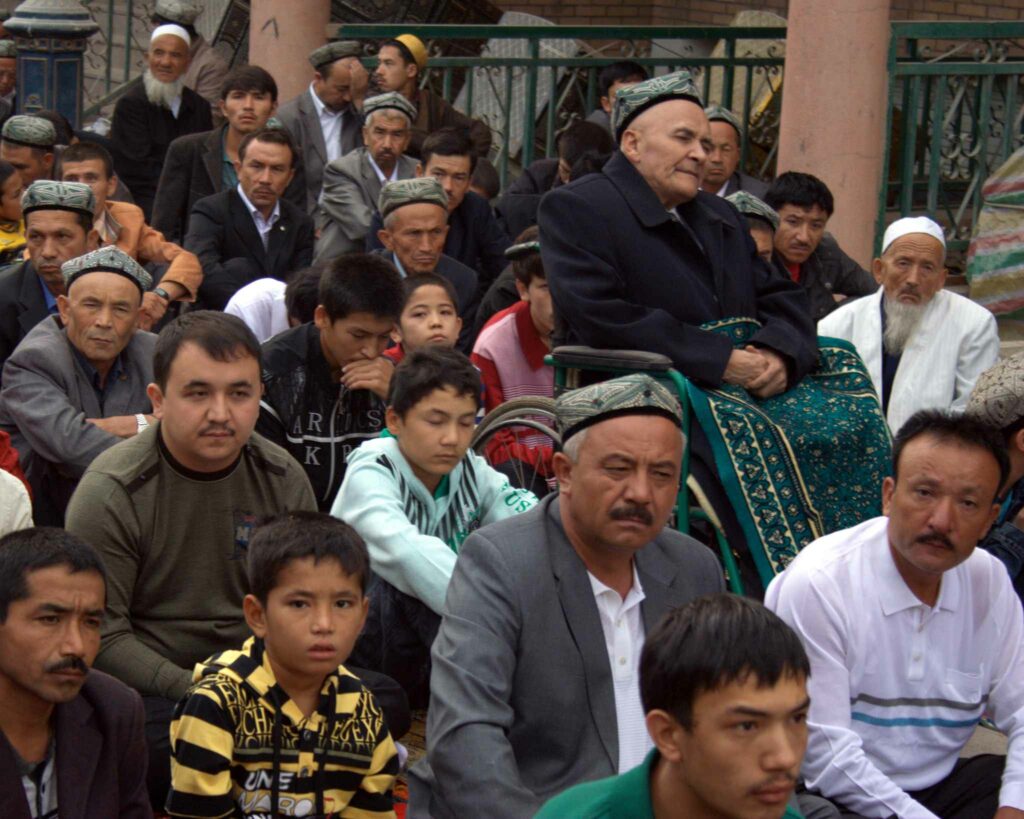
The Uyghur ethnic group, predominantly residing in the Xinjiang Uyghur Autonomous Region, makes up 0.6% of China’s population. The Uyghurs have a distinct Turkic culture with influences from Central Asia, including a unique language and script. Known for their vibrant dances, traditional Uyghur cuisine, and intricate craftsmanship, the Uyghur people contribute to the diverse fabric of Chinese culture.
Read More: Diverse Identities: Exploring the Top Ethnic Groups in America
China’s cultural richness is a testament to the harmonious coexistence of its various ethnic groups. From the majority Han Chinese to the smaller Zhuang, Manchu, Hui, Miao, and Uyghur communities, each ethnic group weaves a unique thread into the nation’s cultural tapestry.
The diversity in language, traditions, and customs showcased by these groups enriches China’s heritage, presenting a dynamic and multifaceted picture of a country with a deep and complex history.


